Formula 1 was so dangerous in the 60s and 70s that Formula 1 World Champion Jackie Stewart said that to race was to accept not the possibility, but the probability of death. During his career, Stewart witnessed the death of 50 drivers.
Today, while danger remains present—it always will at 300km/h—the sport has become so safe that French driver Romain Grosjean was able to walk away from an accident that looked more like a bomb going off.
Formula 1 is dominated by automotive manufacturers (over half the grid are aligned with the likes of Renault, Mercedes and FIAT), who use the publicity from winning races so that they can sell more cars. Win on Sunday, sell on Monday goes the old adage.
But it isn’t just marketing that transfers from the track to the road.
The world of motorsport has gifted us with technological innovations, many of which make our roads safer, from tyres developed with Formula 1 knowhow, through to data recorders pioneered in Indy racing and full-face helmets made famous by stunt-riders.
Black Boxes
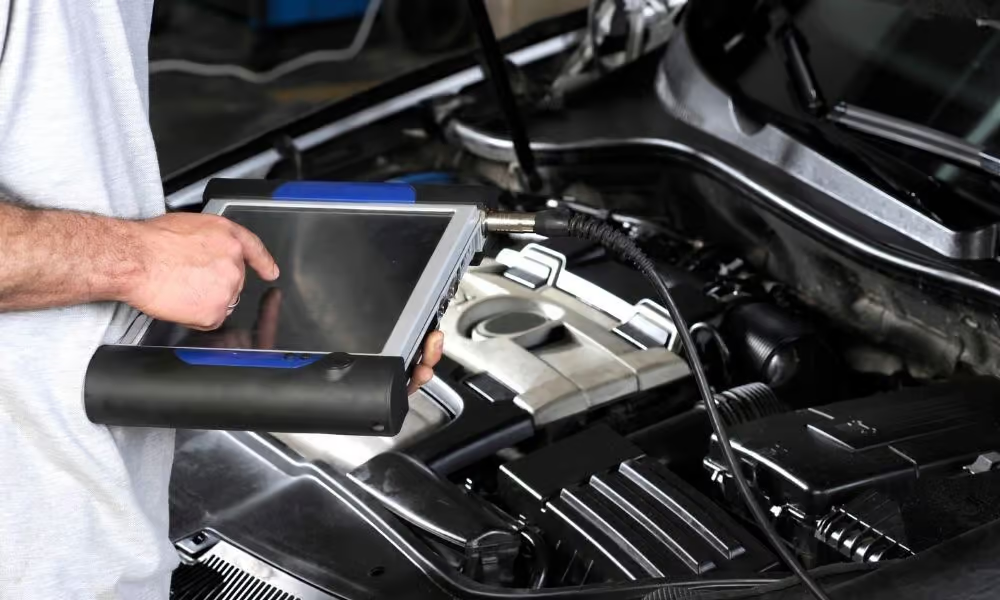
Similar to ‘black boxes’ used to help investigators determine the cause of aircraft crashes, Event Data Recorders (EDRs) are devices fitted to vehicles to record accident data which can be used to reconstruct accidents.
These devices record data including vehicle dynamics (speed, deceleration, movement), driver inputs (throttle, brake application, steering), and information about airbag deployment or seat belt usage.
We can thank the high-speed world of Indy racing for laying the groundwork for today’s EDRs. As part of their General Motors Racing Safety Program, auto-maker GM worked with Instrumented Sensor Technology to develop IndyCar EDRs. These were tested in the sport in 1992 and became mandatory in 1993, with Formula 1 following suit in 1997.
Now widely fitted on vehicles, this data is useful for investigators who previously had to reconstruct accidents using only eyewitness accounts, skid marks, and other physical evidence.
Full-Face Helmet

Early racing helmets were little more than leather caps with goggles that offered virtually no protection against head injuries. Incredibly, it wasn’t until 1952 that helmets even became mandatory in Formula 1.
The push for better helmets came from the world of motorbike racing. In February 1963, helmet manufacturer Bell released the Bell Star, the first ever full-face helmet, developed with input from some of the dirt track riders of the era. The Bell Star was popularised by stuntman Evil Kinevil and made its way to Formula 1 in 1967.
Every full-face helmet you see on the road today can trace its origins back to dirt bike racing and the revolutionary Bell Star. While they are not mandatory on Australian roads, studies have shown full-face helmets significantly reduce facial and skull fractures.
Tyre Development
The area on a tyre where the rubber hits the road—little more than the size of your palm—plays a critical role in braking, traction, handling and steering. As tyre-manufacturer Michelin says, it isn’t your brakes that stop your car—it’s the tyres.
The racetrack acts as a test laboratory for tyre-makers. They use knowledge from Formula 1 tyre development (wet weather F1 tyres can disperse up to 65 litres of water per second) to design tread patterns that are safe and durable and varying conditions.
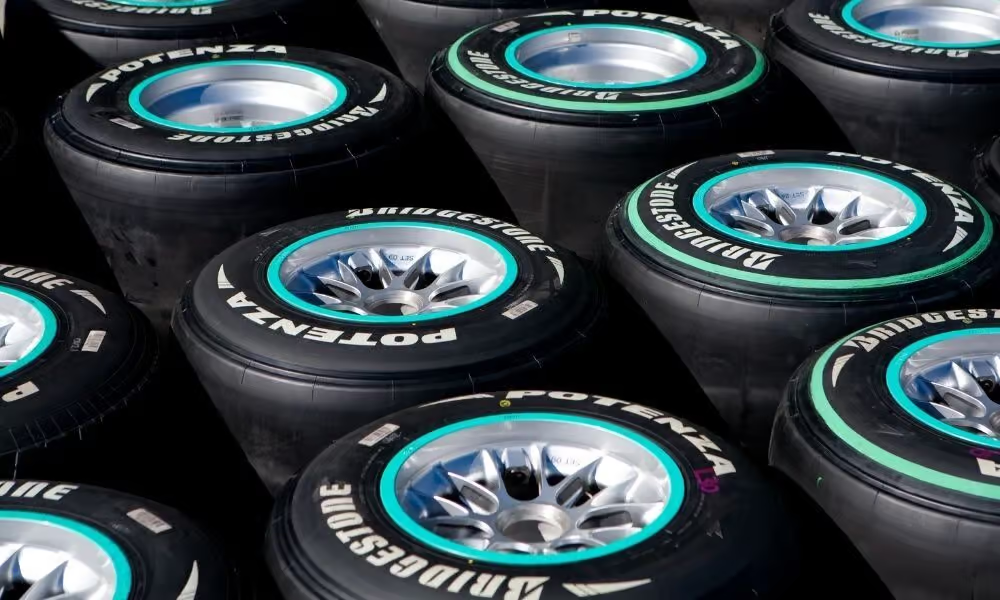
Formula 1’s relevance for road tyres will only increase further this year, with the sport switching to 18-inch tyres, similar in size to those on most road cars. Pirelli say that the technology, design and production processes utilised will flow down to road cars.
Other innovations that have made it from racing to the road include low-profile radial tyres (which last longer) and Pirelli’s run-flat tyres (which can be driven on flat for up to 50 miles).
Disc-Brakes
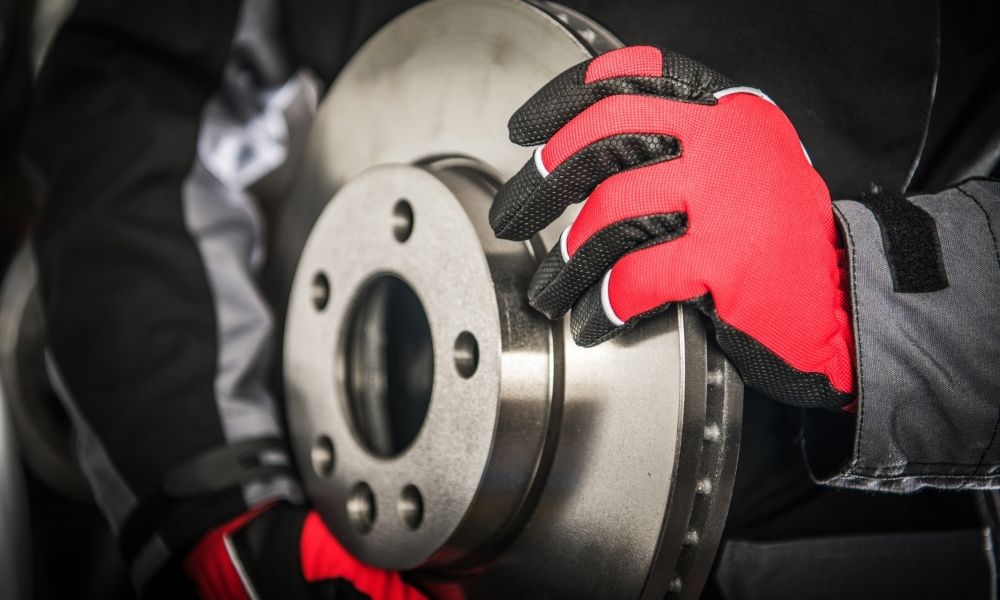
The disc brake—a type of brake that uses callipers to squeeze pads against a disc—was invented in the 1890s, but it was not until success on the racetrack that they were widely adopted by car manufacturers.
At the 1953 24 Hours of Le Mans, a gruelling endurance race for sportscars, Jaguar fitted their cars with disc brakes instead of the then de rigueur drum brakes (which use a 'shoe' inside a rotating drum to stop).
Rival cars fitted with drum-brakes could stop as quickly as the Jaguars, but they were more susceptible to ‘brake fade’ (overheating) and lacked staying power, allowing the British cars to take a dominant victory.
Two years later, French manufacturer Citroen fitted the DS with disc brakes, while in 1956 the Triumph TR3 became the first British-build road car fitted with front-discs as standard. Today, disc brakes are ubiquitous, with few cars sold with drum brakes.
Rear View Mirror
In the early days of racing, race cars had two seats—one for the driver, and one for a riding mechanic whose duties included 'spotting' other drivers.
At the 1911 Indianapolis 500, Ray Harroun shocked rivals when he turned up with his single-seater Marmom Wasp. Outrage ensued, with competitors furious at car’s weight advantage to the supposed detriment of safety (who was going to spot other cars?).
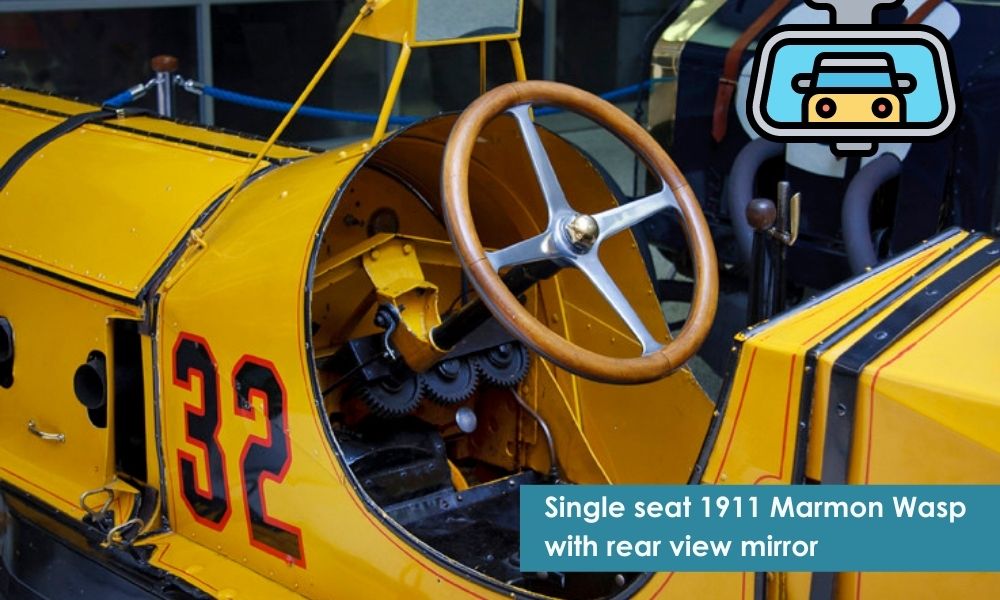
Harroun had a solution he’d once seen on a horse-drawn cart and attached a mirror to the car. With the addition of what is believed to have been the first rear view mirror on an automobile, Harroun was allowed to race, beating the field of two-person cars.
Harroun retired, but as the motor car became popular in the 1920s, so to did ‘seeing without turning’ (as Popular Mechanics later called it). In 1921, Elmer Berger patented the first rear-view mirror for the road—somewhat amusingly marketed as a ‘cop spotter’!
Reversing Camera
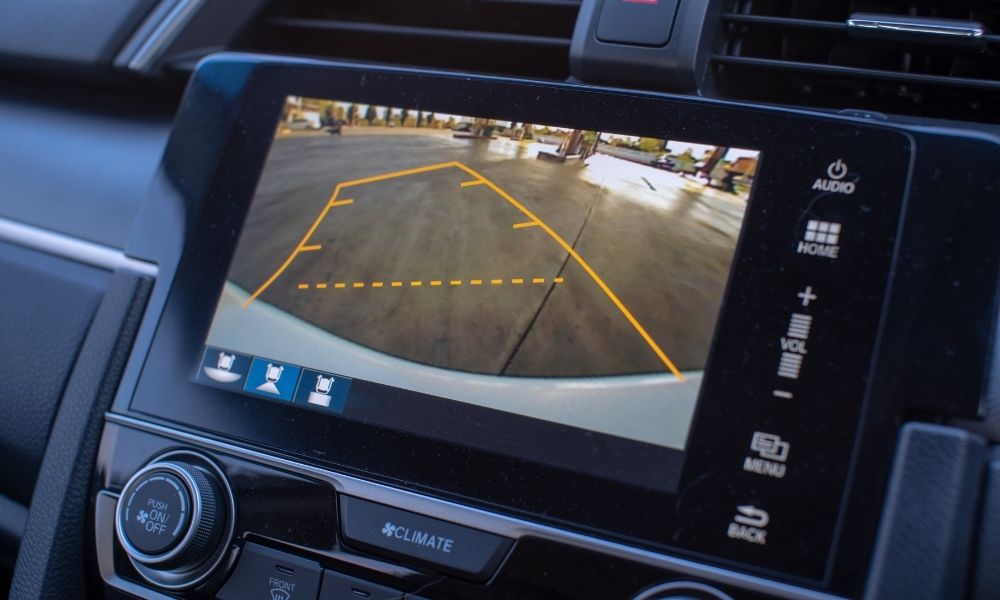
Nowadays we have more than just rear-view mirrors to help us ‘see without turning’. New cars are bristling with onboard cameras, from reversing cameras which can reduce ‘back-over’ accidents by 41% through to dash-cams which insurers say can help with claims.
These cameras aren’t directly derived from the track, but they do owe some of their DNA to Channel 7’s RaceCam technology which produced the first ever live, in-car footage at the 1979 Bathurst 1000.
Allegedly inspired by the network’s chief engineer’s son—who mounted a video camera on the dashboard during school-drop—RaceCam utilised a car-mounted camera, microwave transmitter and overhead helicopter to beam images into loungerooms.
It was cutting edge at the time, but primitive compared to today’s deck-of-cards sized dashcams and lipstick sized cameras helping prevent us bumping into trolleys at Woolworths.
Anti-Lock Brakes
ABS works by preventing brakes from ‘lock ups’, where wheels rotate slower than the speed of the car causing the car to ‘skid’ along the road, increasing stopping distance and reducing control. These systems can reduce accidents by 6% according to the National highway traffic safety administration. Add ECS comment
Originally developed for use on aircraft wheels (the Concorde had the first ever fully electronic anti-lock braking system), one of the earliest uses of ABS brakes on a car was the Ferguson P99 racing car which was used in Formula 1 in 1961.
In the late 60s and early 70s, manufacturers such as Jensen, Ford and Chrysler experimented with ABS on road cars, but these systems were expensive and unreliable.
The 1978 Mercedes-Benz S-Class was the first vehicle to carry ‘modern’ style ABS, which has been mandatory on Australian passenger cars since 2003.
Nomex
It isn’t just vehicles themselves that have benefited from technology transfer from the track to make driving safer. First responders and hospitals have also benefitted from motorsport-driven R&D.
After a fiery crash killed two drivers at the 1964 Indy 500, American chemicals company DuPont worked with racing drivers to develop Nomex racing suits. This flame-resistant material can withstand temperatures up to 370 degrees and is used as part of firefighting safety equipment.
